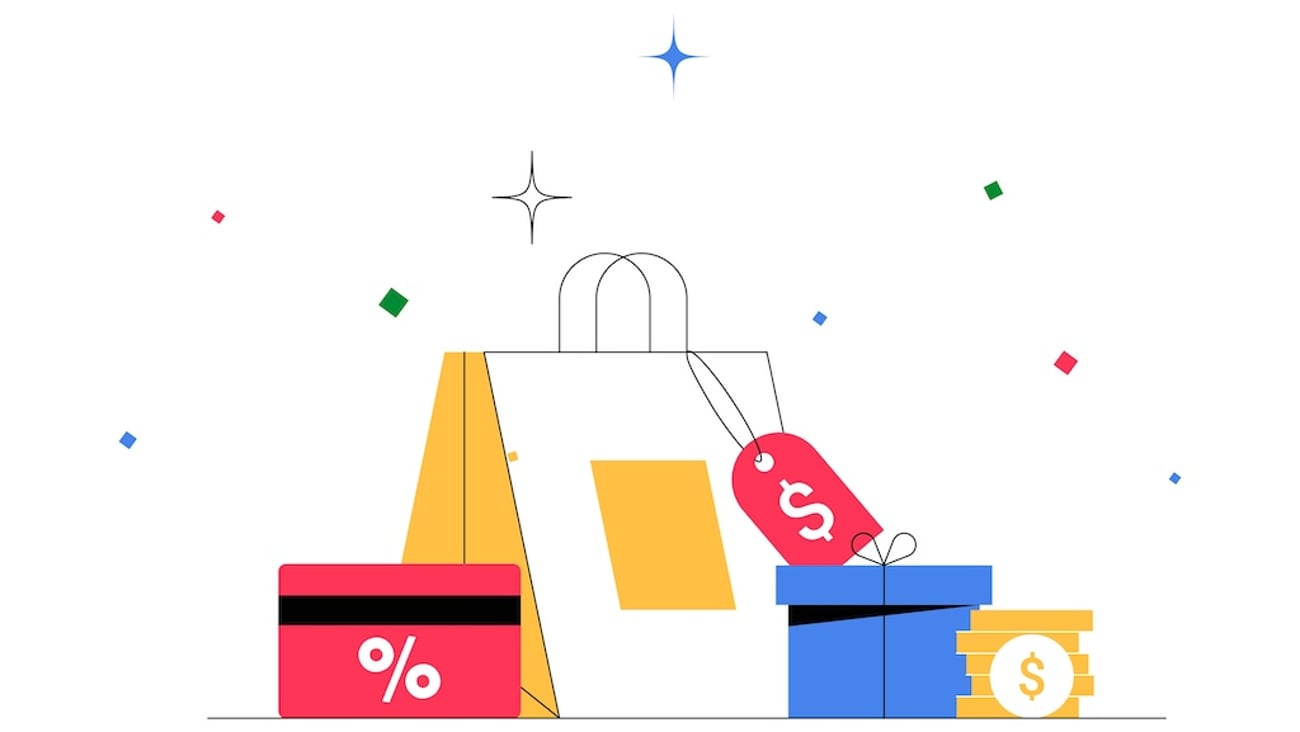Consumers' changing priorities
We are now more than a year into Canada’s fight to control COVID-19, and consumer data suggests that grocery shoppers’ priorities have changed—and relatively quickly, at that. Specifically, we’ve learned that a high degree of Canadian consumers’ grocery shopping behaviour is being driven by the quest for value, convenience and product selection.
These drivers are certainly not new for those shoppers who have always been on the lookout for everyday products at bargain prices—hence underlining the value discount banners like Dollarama bring to budget-conscious Canadians.
Yet, in a marketplace dominated by health, economic and food security concerns, this refocusing of priorities has been a boon for certain retail banners that have the size, scale and buying power to deliver the magic combination of value for price, convenience and broad-based product assortment that’s bringing more grocery dollars their way.
Take Amazon, for example: the Bezos brainchild has long hung its proverbial hat on its ability to offer a huge assortment of categories and products at unbeatable prices using a variety of convenient delivery methods. It’s little wonder, then, that the retail juggernaut takes first place in overall online shopping experience as well as seven of 12 Net Promoter Score (NPS) attributes, including user-friendly app/site, order accuracy and price. (NPS is a trusted research methodology that provides an index with which it measures the willingness of customers to recommend a company’s products and/or services to others based on their experience.)
Meanwhile, when we look strictly at Canadian grocery banners, Costco comes out on top, having effectively won over pandemic-era shoppers based on the value and convenience the banner is able to deliver for both online and in-store shoppers.
What’s at stake, though, in such grocery wind changes is something many Canadians have traditionally held near and dear to their hearts: our eco-consciousness. Even during the pandemic, with tightened budgets and emotions running high, 90% of consumers, according to Caddle’s research (May 2020), thought environmental sustainability was important. And, about 87% considered recycling to be “very” or “somewhat important,” with two-thirds of consumers prioritizing sustainable packaging (according to March 2021 data).
Amazon has come under fire for its returns policy that sees a significant proportion of products sent to landfill. Indeed, such policies already seem to be driving the “waste economy,” with purchases arriving quickly but often in separate shipments that further contribute to excess packaging and plastic filler going into garbage bins across the country. In this light, it leaves us to wonder what will happen when Amazon starts shipping fresh products to Canadian consumers, as they’ll inevitably do in the coming months. It’s highly doubtful that such a successful retailer will change its policies. But even more curious is, given the added convenience of being able to shop for household necessities alongside fresh grocery, will Canadians who have already bought into Amazon’s model even care?
Costco, on the other hand, may be a more eco-conscious alternative. Though the larger product formats offered via big-box shopping often necessitate driving to stores (which leads to increased fossil fuel consumption), the nature of large-format purchases likely contributes to fewer shopping trips overall. Plus, Costco’s in-store pallet displays mean they’ve fallen into a more sustainable retail model, whether they’ve planned it this way or not.
So, while some countries that have been hardest hit by the pandemic are slowly but surely opening back up, Canada still has a way to go before it resumes business as usual. And truth be told, “business as usual” in grocery may never be what it was for the majority of Canadian consumers.
In the face of ongoing uncertainties, it’s unknown how long it may take for eco-consciousness to rebound to pre-pandemic levels, as consumers focus on their immediate health, safety and livability concerns. In the meantime, we’ll need to keep a finger on the pulse of Canadian shopper intent and behaviour.




